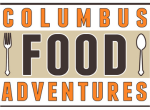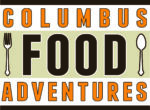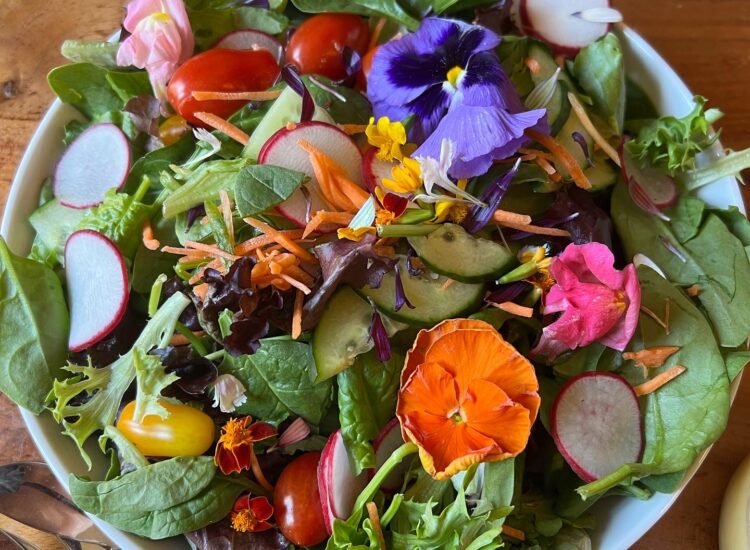Ramps, also known as wild leeks and more properly known as allium tricoccum are a native plant found widely in wooded areas of Ohio and other states from South Carolina up into Canada. They are especially popular in West Virginia. I first tasted them at Details (RIP) last year, mixed into a spoon bread by the much-missed Chef Drew. Last week I spotted ramps at the Greener Grocer and started thinking about possible uses. Ramps can be substituted for leeks but they are much more garlicky, so if you are substituting them for leeks I would suggest omitting garlic if the recipe calls for it.
I highly recommend the book Abundantly Wild: Collecting and cooking wild edibles in the Upper Midwest by Teresa Marone. It has a whole chapter on ramps (which it lists as one of its top ten wild foods), as well as information about nuts,fruits, berries, flowers, greens, mushrooms, roots and starches. Many of the plants and trees mentioned are not isolated to the Midwest. It is a useful field guide for foragers including safety advice about ‘dangerous lookalikes’ and also has a wealth of recipes and practical information for preserving your haul.
I lucked out when my friend Josh brought me a grocery bag of ramps from the Hocking Hills area. When I opened the bag they seemed to double in size, filling the whole sink. Luckily, Teresa Marrone had lots of suggestions including candied ramps, ramp custards, ramp flatbread, pickled ramps and various salads. You can also add them to eggs, mashed potatoes, stir-fries, soups and stews. Knowing that I wouldn’t be able to use 4lbs of ramps in a week, I blanched some and put them in the freezer. Ramps are generally eaten cooked so the blanching would not be a problem – I just hope no one mistakes them for spinach.
I also made a large batch of ramp pesto, using 1 cup of ramps per 1/4 cup of pine nuts, olive oil, parmesan and salt, which I will freeze too. Had I thought of it sooner, I might have tried making some with my remaining green almonds. The pesto is quite similar to garlic scape pesto but tastes like it has even more chlorophyll. You could mix ramps with basil when/if the seasons coincide.
We ate some of the pesto for supper last night with spaghetti. It is potent and has the burn of strong garlic, but made a fresh light supper and would be wonderful supplemented with spring greens or asparagus.
As for the pound and a half of ramps left in the fridge – I’m planning a vegan bean salad for a potluck dinner, possibly some ramp flatbread and I’m still looking for other ideas.
For those of you who want some ramp action of your own: If you want to pick your own – look for wooded areas and plants that smell of onions; if you want to buy your own – head to the Greener Grocer at the North Market or Hills Market in Worthington; and if you want someone else to do the work for you – head to Captain Cream Cheese on High Street in the Short North for some ramp cream cheese on a bagel and scrambled eggs with ramps and bacon! yum.









